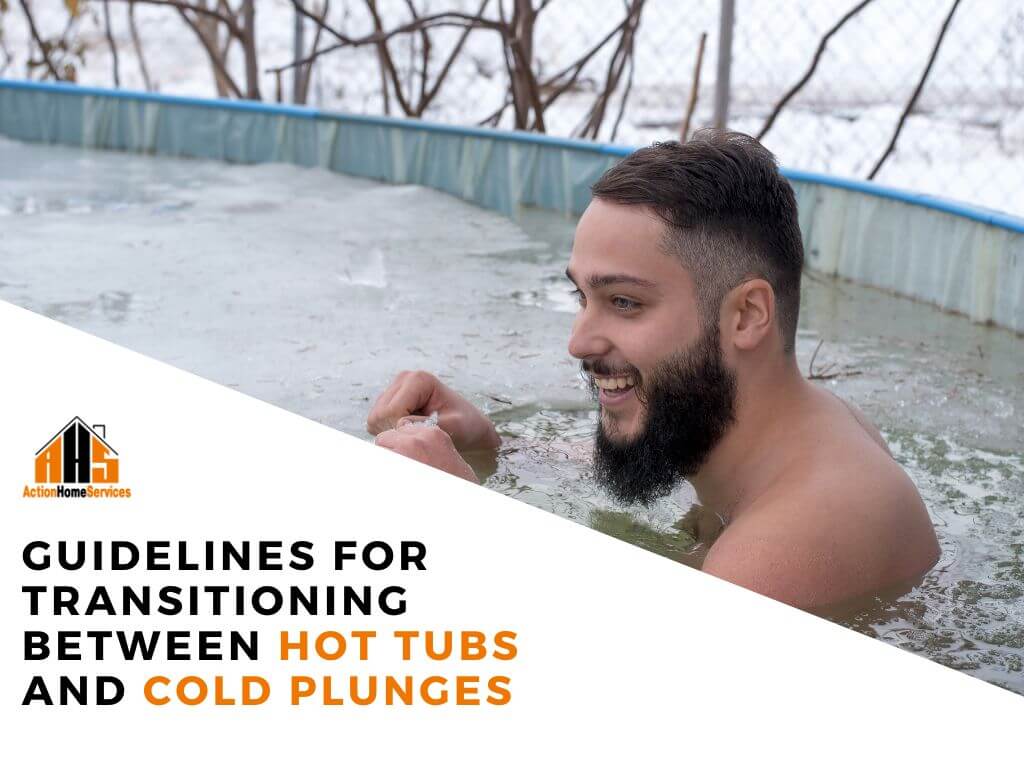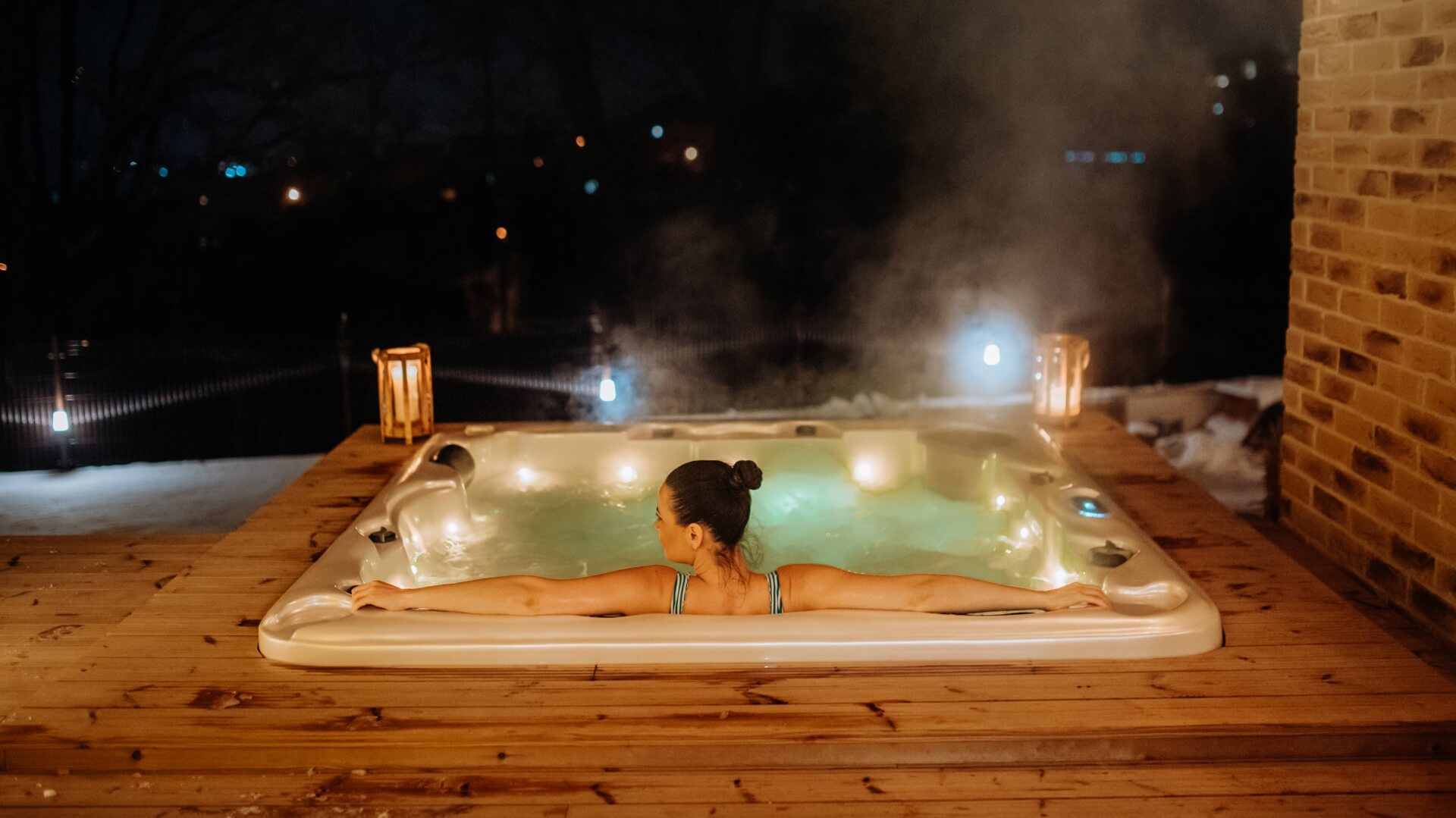
Transitioning between hot tubs and cold plunges, often referred to as contrast therapy or hot-cold immersion, can provide various health benefits, such as improved circulation, muscle recovery, and stress relief. However, it's important to approach these transitions with caution to avoid potential health risks.
General Guidelines

- Check with a Healthcare Professional:
Before incorporating contrast therapy into your routine, especially if you have any existing health conditions, consult with a healthcare professional to ensure it is safe for you. - Start with Warmth:
Begin with a warm environment, such as a hot tub or sauna. Soaking in warm water helps dilate blood vessels, relax muscles, and prepare the body for the temperature change. - Limit Duration:
Keep your time in hot water moderate to avoid dehydration and overheating. Aim for 15-20 minutes in the hot tub. - Cool Gradually:
Transition to the cold plunge gradually to allow your body to acclimate. This can be done by walking into a cold plunge pool or gradually decreasing the water temperature in your hot tub. - Cold Plunge Duration:
Limit your time in the cold plunge to a shorter duration, typically 1-3 minutes. The cold water constricts blood vessels and reduces inflammation. - Monitor Your Body:
Pay attention to your body's signals. If you feel lightheaded, dizzy, or uncomfortable, exit the cold plunge immediately. - Repeat the Cycle:
If desired, repeat the cycle by returning to the hot tub or warm environment for another 15-20 minutes before going back to the cold plunge. - Hydrate:
Drink water to stay hydrated, especially if you are in a hot environment. Hydration is crucial for maintaining cardiovascular health during contrast therapy. - Avoid Extreme Temperatures:
Avoid extremely hot or cold temperatures. Extremely hot water can lead to overheating, and extremely cold water may increase the risk of hypothermia. - Individual Sensitivity:
Understand that individual sensitivity to temperature variations varies. Listen to your body and adjust the duration and temperature accordingly. - Gradual Adaptation:
If you are new to contrast therapy, start with milder temperature differences and shorter durations. Over time, you can gradually increase the contrast and exposure durations. - Skin Protection:
Protect your skin, especially in cold water, by wearing appropriate swimwear and ensuring that extremities like hands and feet are not exposed for prolonged periods. - Post-Contrast Warmth:
After completing the contrast therapy session, warm up gradually and maintain a comfortable temperature to prevent chilling.

Remember, while contrast therapy can be beneficial for many individuals, it may not be suitable for everyone. Always prioritize your safety, and if you have any concerns or health conditions, consult with a healthcare professional before incorporating contrast therapy into your routine.
If you have any questions, feel free to call Action Home Services for assistance.


